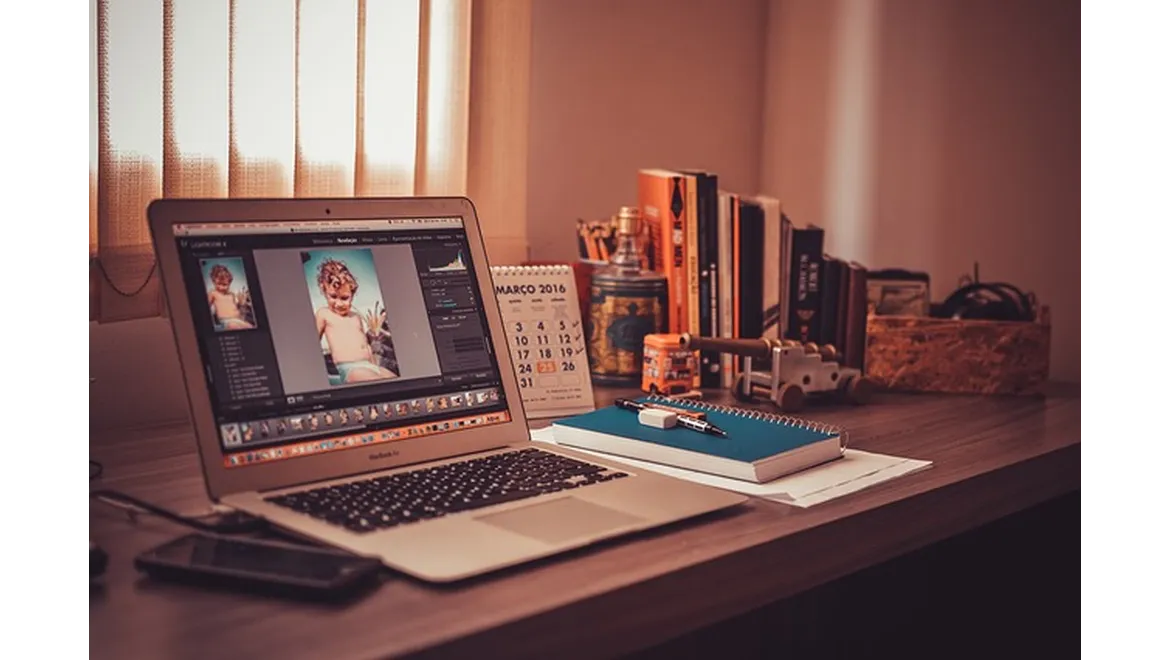Right, let’s be honest, working from home sounded idyllic, didn’t it? No commute, endless cups of tea, wearing your comfiest trousers… the reality, however, can be a bit less picture-perfect. For me, it was back ache, constant distractions, and a nagging feeling that my “office” was more like a chaotic corner than a productive haven. I knew I needed to address my ‘Ergonomics at Home’ urgently before I did myself lasting damage.
I’d been devouring articles about wellness and home spaces, particularly enjoying those exploring how orangeries could become amazing yoga studios and how to cultivate relaxing exercise spaces. All well and good, but I kept coming back to the fundamentals: if I wasn’t comfortable and focused while working, the rest was just window dressing.
The article ‘The Sound of Silence: Acoustic Ergonomics for a Focused Home Office’ really struck a chord (no pun intended!). It highlighted the impact of noise on productivity and well-being. My desk was next to the window, which was great for natural light, but terrible for noise from the street. It became clear that sound was a key ergonomic factor that was negatively impacting my focus. This led me down a rabbit hole of practical solutions.
Taming the Noise Demons:
My first step was soundproofing. Total silence isn’t realistic (or necessarily desirable – a bit of ambient noise can actually be beneficial), but reducing the disruptive sounds was crucial. I experimented with different methods. For starters, I used a thick rug beneath my desk and a door soundproofing kit from Amazon. This has made a great improvement and was simple to install.
Next, I turned my attention to white noise. This can be achieved using a white noise machine or even a simple app on your phone. I found it particularly helpful for masking sudden, jarring noises like the neighbour’s dog barking or delivery vans. I now use brown noise (a lower frequency version) which I personally find more calming than traditional white noise.
Noise-cancelling headphones were another lifesaver. They’re perfect for blocking out persistent background noise, allowing me to really concentrate on my work. My advice would be to invest in good quality ones, as cheaper options can be uncomfortable for long periods. I use Sony’s range and swear by them now.
Echoes and Soft Furnishings:
My home office is a converted spare room, which meant a lot of hard surfaces – walls, floors, a large window and little in the way of soft materials to absorb sound. This created an echo-y environment that further amplified distractions. Time for some acoustic treatment!
I added some thick curtains to the window, which not only blocked out light but also absorbed sound. Wall art covered with acoustic dampening material also has a significant impact and looks great, too! This is available from most major hardware stores. Finally, some extra cushions on my chair helped to absorb the sounds too.
Flooring Considerations:
I mentioned the rug earlier, but if you’re starting from scratch, consider the flooring itself. Hard floors are stylish, but they reflect sound. A carpet is the best option for absorbing noise, but if you prefer hard floors, use rugs and other soft furnishings to compensate. If you do go the rug route, consider the placement carefully. Under the desk is essential, but larger rugs elsewhere in the room can also make a big difference.
Following these steps, my home office went from a noise-ridden disaster zone to a much more tranquil and productive space. It wasn’t just about reducing noise. It was about creating an environment that supported my focus, reduced stress, and ultimately, improved my well-being. Now, I have a dedicated area that works for me and that has given me some peace of mind to now address the area of the home that I exercise and relax in, giving me a more rounded and healthier lifestyle.
So, remember these key aspects to create a calmer workspace: address external noise sources, look at internal sound absorption, and consider the impact of surfaces. Investing in your environment is an investment in yourself.


